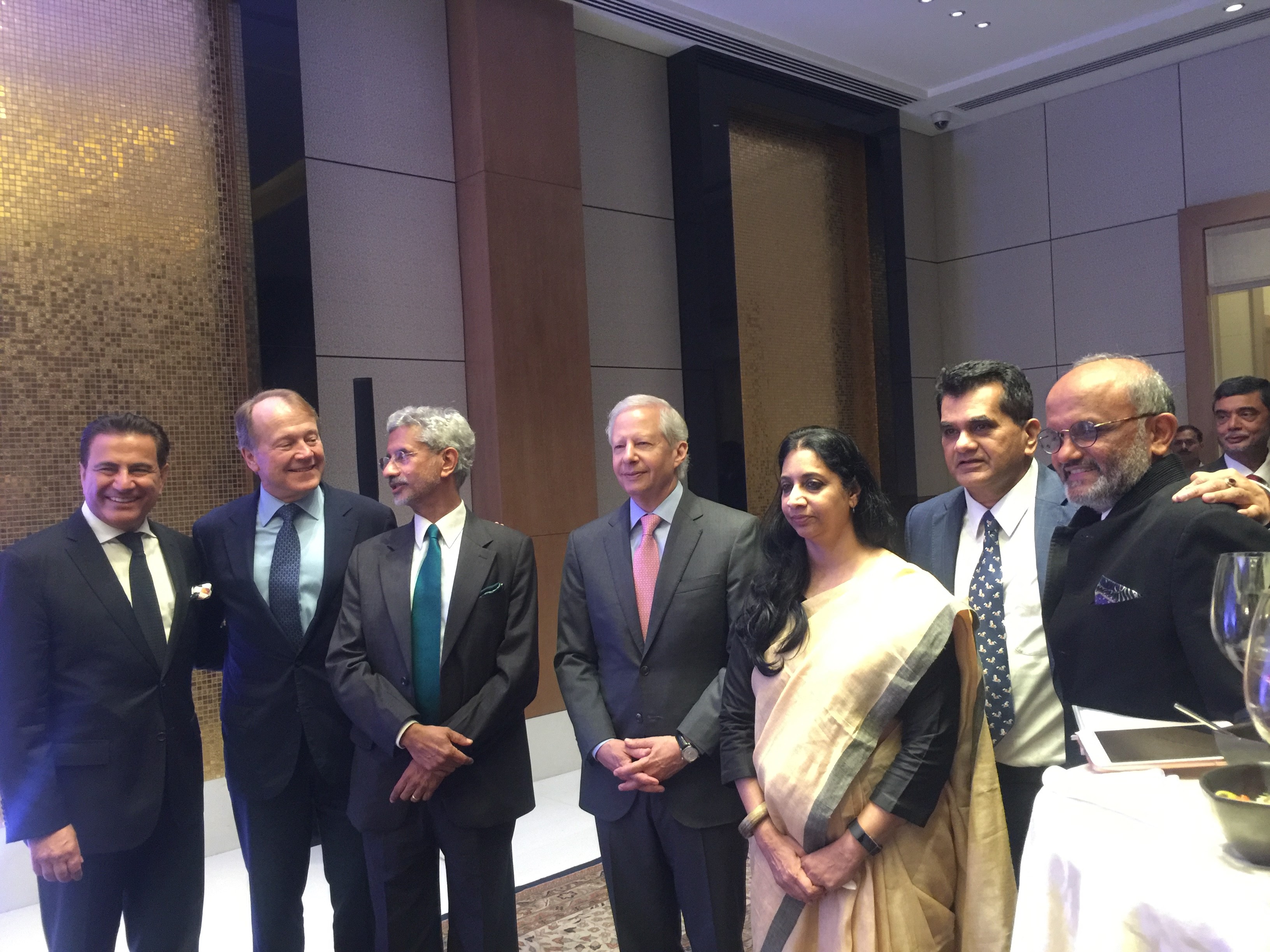I attended the FICCI 3 day workshop on GST over this weekend. Industry colleagues were all discussing the potent impact of the GST on the economy. We had a number of questions to ask the representatives from GSTN and the Ministry of Finance who visited during the program.
How reliable would the GSTN system be? What as the readiness of the states for the GST implementation? Would there be a militant approach by the officials? Will the States subvert the GST intent by imposing additional levies in a surrogate manner? What about the teething issues at the implementing parties? What about the stocks and input tax credit for them?
Over the 3 day period, the GST picture emerged as a robust, powerful program designed to take India into the next century on an exponential growth curve…
The Magnitude of the Change
Imagine the challenge of
- handling 3 billion invoices per month,
- for approx. 9 million registered entities,
- with accounting settlements across 29 states and 7 union territories of India.
Modi Government has shown that is capable of biting the bullet on big, hairy, audacious goals…

The Cons of the Program
There will be a need to watch out subversion of one nation, one tax rule by introduction of taxation by surrogate means. In some states, this has started by handing over entertainment tax as a levy to be implemented by the local panchayat..
There is a need to watch out for inverted tax incidence – for example, will the solar PV cell manufacturer be impacted if he has 5% GST on the PV module but 18% GST on the cells? Creation of inadvertent inverted duties can be disastrous for the Make-in-India initiatives.
There will be a definite learning curve that the nation will go thru – it is obvious that the customers will seek to maximize input-tax-credit (ITC) by taking reliable vendors with reliable systems enabled for GST. It is also equally obvious that the price for a break in ITC will be a hidden cost to the value-chain. But these are learning curve elements – and with patience in implementation stage, India’s business system will correct itself very fast.
Already systems are coming in place to facilitate identification of HSN Codes (Harmonized system of nomenclature) – and operational teething issues should get addressed rapidly..
Government has indicated that it ‘will’ be patient in its implementation. The sheer pressure from the numerous retailer associations, the markets will push for moderating the cost of change.
Ultimately, it will be the political will which will make the GST a success!
The Pros of the Program
It is the pros of the program that are exciting!
Imagine a full accountability in the entire economy. The power of the input-tax-credit will be such that the cash economy will be receiving a major jolt. As customers seek to maximize ITC, the system will jolt the ‘number 2’ transactions. This should see a significant rise in the government collections as a vast majority of the market will get addressed over a period of time.
Interestingly, Government’s contention is that the consumer need not pay for the increase in the collections. When one factors multiple taxes that existed in the nation from excise to entry taxes to state to central taxes, the net impact of GST should be a moderated comparable cost structure. This , of course, is subject of some debate and will vary from item to item. However, it is a fact that the current overall tax burden on goods is estimated at 25-30%.
By merging a large number of taxes, and allowing set-off of prior stage taxes, it would mitigate the ill effects of cascading and pave the way for a common national market. GST would make our products competitive in the domestic and international markets – and this should spur economic growth!
Moreover, the transparent nature of this tax would make it easier to administer.
The state and Central government would accrue revenue gains from widening of the tax base, increase in trade volumes and improved tax compliance. There is also a hidden gain that the center could get from the GST – in the short run, its accruals will peak before the ITC settlement. This would lower its interest liability on debt from the financial institutions.
Some challenges that GST must address
- Evolve to lower number of categories (current 0%, 5%, 12%, 18%, 28%)
- Eliminate 0% categories, reduce highest tariff down by a level, maintaining revenue neutrality
- Eliminate inverted taxes impacting make-in-india
- Ensure a robust IT backend at GSTN to prevent a national chaos…
I am sure more will be uncovered here…but these are critical imperatives…
The World and Us…post GST
The successful implementation of GST would give a strong signal to the foreign investors about India’s increased creditworthiness, lesser compliance and procedural costs in the taxation sphere and remove the complexities faced by the foreign investors who were reluctant to invest in consonance with the existence of virtual economic zones throughout the country.
“Over the coming years, India should see its economy become much more formalized. Demonetization helped, but GST and concurrent reforms in the real estate sector could collectively halve the informal sector’s size. The GST would make a huge chunk of the economy suddenly visible. And then it would provide an electron microscope with which to see all of this in unprecedented detail.” HT Times
In a few years, with on-hand data and power of analytics, India should be able to give numbers on its economy with greater accuracy, higher confidence than many mature economies! Policy decisions by RBI and other institutions will be more tuned to the reality!
Even mature economies like USA have not implemented the GST – India’s lead here to reset the taxation structure should give it a strong filip in the global ease-of-business ranking, once implemented, by 2019!
Through this major tax reform, India is all set for making a historic leap into the 21st century.







